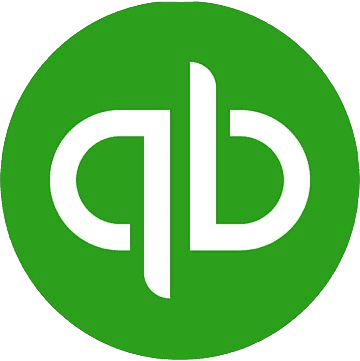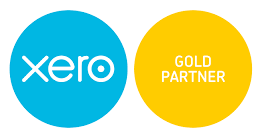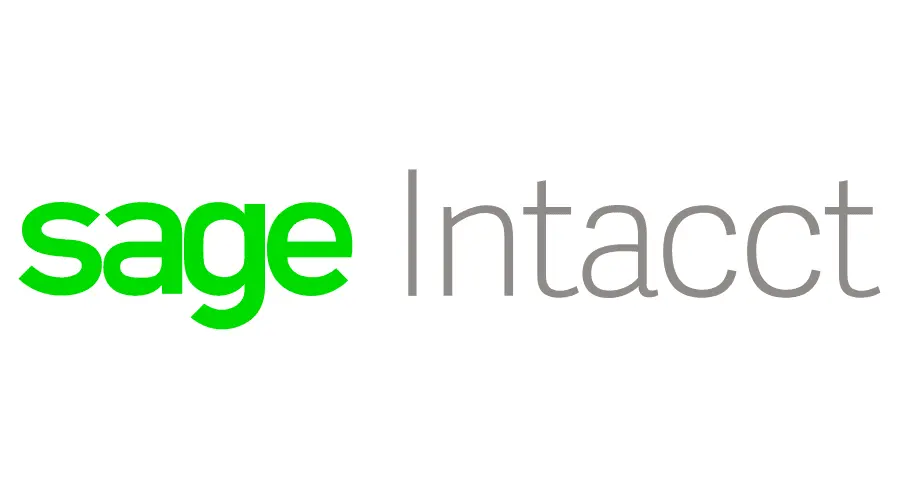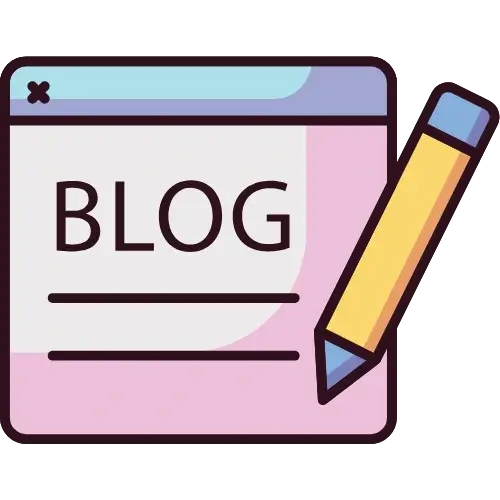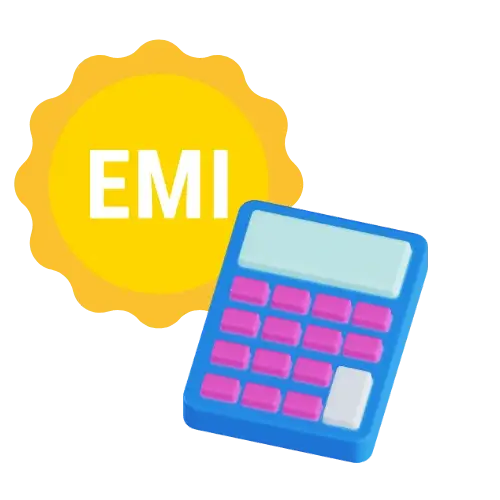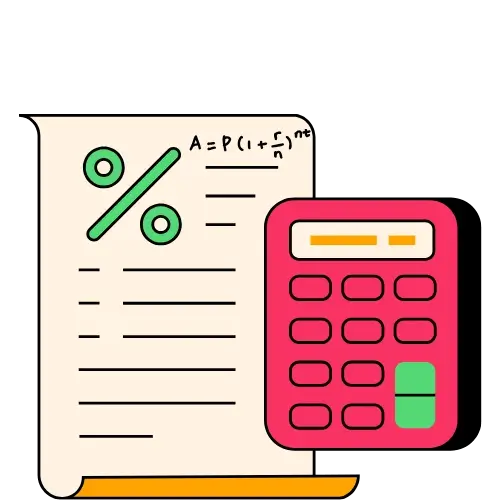Understanding the Accounts Payable Process
Why is understanding the accounts payable process important?
Accounts payable processing – Understanding the accounts payable process can only be accomplished if you understand what accounts payable is:
Accounts Payable manages the entire process of procuring orders of goods and services from the entity. The amount of delivery charges and the charges of the services provided have to be recorded as a liability in the books of accounts or invoices before making the payment and clearing the dues. Account Payable Management forms an integral part of any firm handling all the intricate tasks such as invoice imaging, storing invoices, invoice approval, expense allocation, online payment approval, checking processing of the accounts, handling vendor inquiries, etc.
What is an Accounts Payable Process?
Accounts Payable process is an entire set up that is based on the number of vendors and service providers, or the bulk of payments that can process within a duration of time and the reports of accounts payable management. A smaller entity with a lesser amount of purchase transactions would require a very basic accounts payable process. The basic end to end processing of accounts payable involve functions such as receiving the bill and scrutinizing bills to update the records of the bills provided and making timely payment.
To summarize, it involves all the processes such as capturing invoice data, coding invoices with relevant accounts and cost center, approving bills received, matching the invoices to the purchase orders made, updating or pushing for payments. The accounts payable process forms one part of the system known as P2P (procure-to-pay). P2P is an entire cycle that covers the processing from procurement of invoice, its processing to the vendor payments. The automated accounts payable process flow chart tends to streamlines these processes by ensuring an enhanced level of accuracy throughout every step of the accounts payable internal control cycle.
How does the accounts payable process work?
The process flow of accounts payable or the accounts payable cycle has three important documents: Purchase order, receiving report or the receipt of the goods, and the vendor invoice. To initiate a purchase, the purchasing department of the organization sends a purchase order to a vendor that requests for the quantity and price of the goods to trigger an order. Following this, when the organization receives the goods, a receiving report records and documents the shipment process inspecting whether there has been any damage in the quantity, etc. After this process, the vendor sends a vendor invoice requesting payment of goods and services provided to the organization. That’s when the process flow of accounts payable begins after receiving vendor invoices, the accounts payable invoice processing flowchart begins.
The accounts payable process flow chart demonstrates the accounts payable process steps as mentioned below:
*Invoiced received – Invoice Capture – Invoice Workflow – ERP integration – Payment. *(Infographics required)*
The entire processing comes under ———– Insights and reporting ————*
The accounts payable management receives vendor invoices, after which they perform a three-way match against purchase order, receipt of the goods, and the vendor invoice to check their consistency.
The accounts payable process verifies these invoices, the receipt of the goods and services provided to approve the invoice for payment of the services provided.
If any discrepancy arises in terms of the quantity or price of the goods, the accounts payable management sends the invoice to the buyer. The purchaser who placed the purchase order works out to find the source of this issue.
Once the invoice is vouched by the accounts payable department after all the discrepancies are addressed and rectified, the checks and payments are issued.
After the payment for the invoice is made, the invoice is marked as paid in the finance system.
How does accounting software help in accounts payable process improvement?
As the accounts payable process is vital for every organization, an excessive amount of time and efforts are invested into its successful implementation. Therefore, to have streamlined workflow and accurate accounts payable processing, automation becomes a crucial necessity. Every organization must maintain accuracy in vendor data maintenance and timely payments must be made to avoid penalties and losses.
The automation provided by this accounting software minimizes the time and cost that has been spent on the accounts payable internal control of invoice processing and employee headcount. Thereby, increasing productivity, accuracy, and efficiency. You can always avail many other value-added services through your accounting software that ultimately improves your accounts payable processing. This ensures that the tasks are streamlined by eliminating the risks of errors and improving accuracy in performance to manage the accounts payable workflow.
Accounting software that is available in the market can effectively streamline the accounts payable process. This will eliminate most of the paperwork involved in the accounting process by making it automatic. Businesses have started to automate their accounts payable systems through electronic data interchange (EDI) to increase their functionality and savings through discounts and cash backs available. Through this electronically communicating with the vendors and customers generate automatic purchase orders, electronically validate and pay invoices, approve requisitions, track goods received, and pay invoices on a timely basis. Depending on the degree of automation, you can also electronically scan your invoices, approve emails, use scanned copies of your process reports, resolve conflicts and track delivery receipts of your services. This will not only reduce your time invested in managing the payable but it will also improve your day to day performance. This in turn adds to your integration with the organization’s ERP. Accounts payable automation establishes seamless internal controls to avoid fraudulent or inaccurate invoices by accounting for all the invoices to ensure accuracy.
How can professional experts be handled well?
The main goal of the professional experts is to pay legitimate and accurate invoices and ensure consistency in the three-way process of what the organization has ordered, the purchase order, the receipt of the goods received, accurate costs, quantities, etc. They also have to find savings opportunities through early payments made or offering dynamic discounting.
For these tasks to be handled well, setting up workflow management will help in identifying the problems, resolving systems bottleneck discrepancies, improving cash flow management, etc. Purchasing approval defines the level of authority that is required for every purchase made depending on different prices and quantities.
Furthermore, adopting stringent government policies increases the efficiency by curbing the risks of manual error and improving performance accuracy. It helps in strengthening the internal control functions and executes its control over accounts payable processes and contract review through these policies. Understanding the accounts payable process will help you in determining what strategies are better suited for your organization.






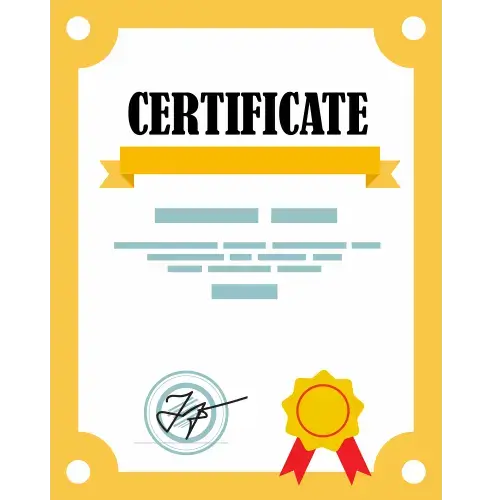




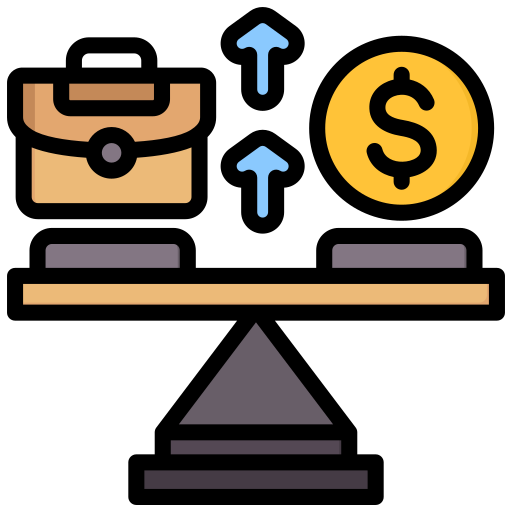








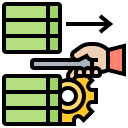
 Company incorporation
Company incorporation